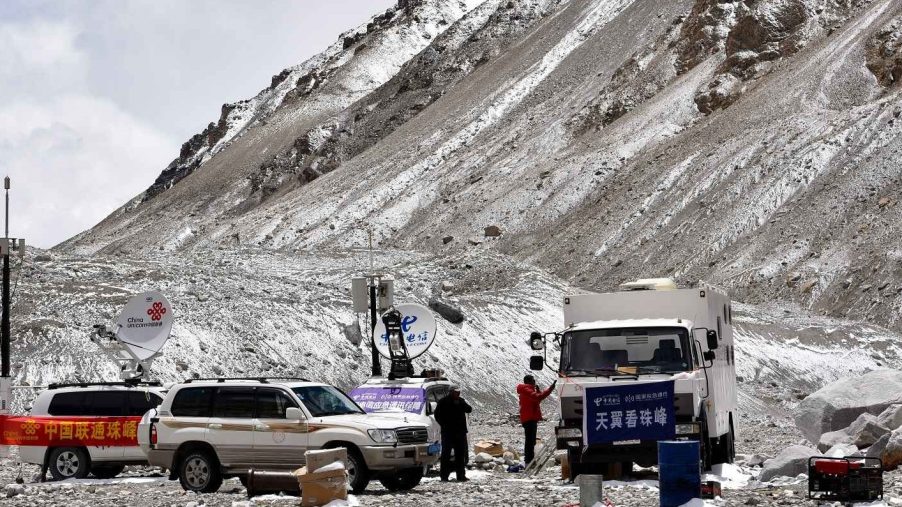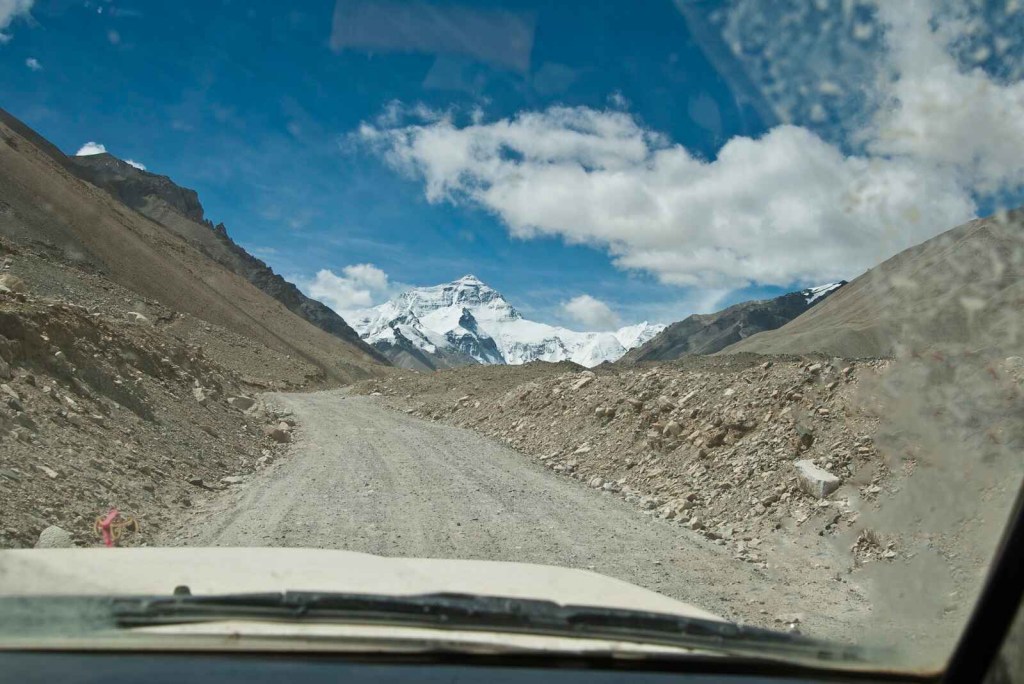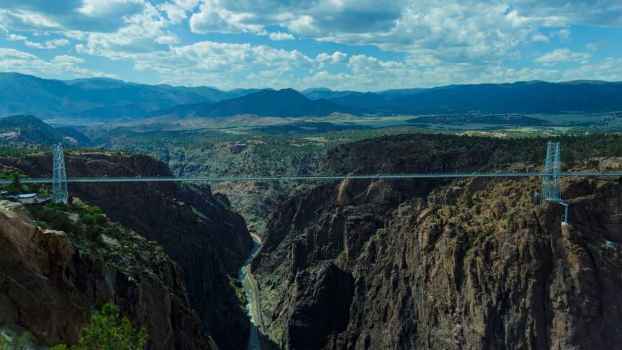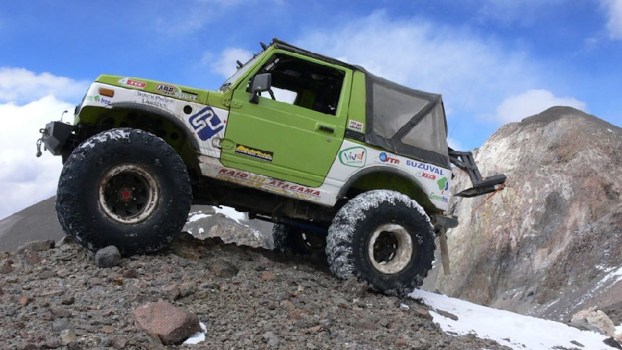
How Far up Mount Everest Can Cars Go?
Mount Everest is the world’s highest point at 29,035 feet above sea level. Its peak is the Tibet/Nepal border. Since 1953, there have been 11,996 recorded summits of Everest as of January 31, 2024. While there are long journeys for any climber or tourist wanting to reach Everest from either China or Nepal, cars will only take you so far on either side. Why? A combination of mechanical and physical challenges.
In 2007, a pair of Chileans established a new altitude record in a gas-engined car. They drove a 1986 Suzuki Samurai 21,942 feet above sea level up the Ojos del Salado volcano. The Suzuki was modified with a supercharger to boost its oxygen intake in the high altitude zone. You can read Henry Cesari’s full coverage of the feat below this article.
This means that we know that ICE cars can mechanically perform at around 75% of Mount Everest’s peak altitude. If they have a clear path, that is.
For years, China has had a road to Base Camp North, 16,900 feet above sea level. It was completely paved by 2016. In 2022, two Tesla EVs were driven to the north camp. They could complete the journey quite easily, considering China had peppered charging stations along the way. Moreover, a Tesla Supercharger sits only 60 miles from the base camp.
For cars on the Tibet side, then, Base Camp North is as far as you can drive to date.

On the Nepal side, Everest Base Camp South is 17,598 feet above sea level. Unlike the northern camp, the journey to Base Camp South is never done via car. Most folks fly from Kathmandu to Lukla, where they rest to acclimate before starting an eight-day-long hike to base camp.
Technically, you can drive from Kathmandu to Jiri, 6,250 feet above sea level. From Jiri, folks still must trek on foot for three or four days before reaching Base Camp South.
There are far more environmental obstacles for cars and people to summit from the south side of Everest. Notoriously, the Khumbu Icefall at the foot of the Western Cwm at 17,999 feet poses an immense safety risk for all who attempt to cross. Its crevasses have been measured at 164 feet deep but could easily go deeper.
Due to the above obstacles, at the moment, cars can travel up to about 58% of Everest’s total altitude, or 16,900 feet, and only from the north side.
Sources: Alan Arnette, National Geographic





